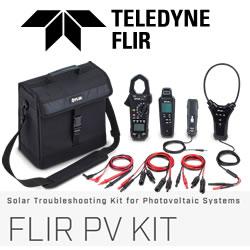Feds Fund 12 Offshore Wind Turbines
This Parking Lot Is Paved With Solar Panels
WindPower 2014 - AWEA lauds state policies but PTC still high on agenda
Solar News - New cheap, environment-friendly solar cell developed
Wind companies ready to brave the capital markets
The International Clean Energy Race
Solar Energy Index Outperforms S&P in Q1 2014
More than 250MWp of transactions registered last year on the photovoltaic secondary market in Italy
Renewable electricity generation projections sensitive to cost, price, policy assumptions
Rail-less Residential PV Mounting
Solar Energy - NRG Energy and MidAmerican Solar Complete Agua Caliente, the World's Largest Fully-Operational Solar Photovoltaic Facility
Japan's 25-year plan to put a gigawatt solar power farm in space
Solar Power Grows 400 Percent in Only 4 Years
11 innovative companies giving energy storage a jolt
A blow to corn-based biofuels
Records 3301 to 3315 of 5402
First | Previous | Next | Last
Featured Product

